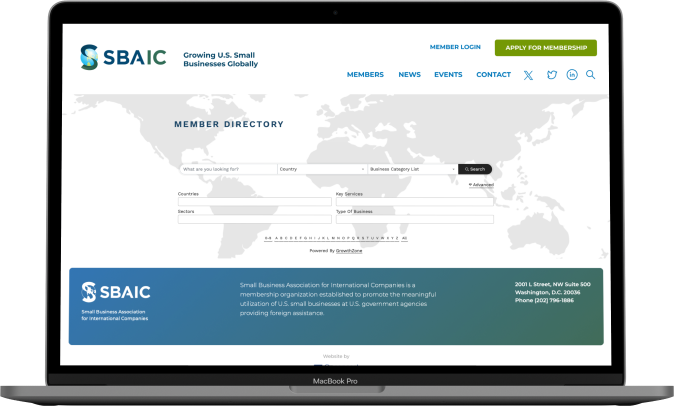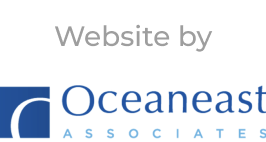In a bid to slow the spread of COVID-19, governments across the world have ordered millions of people to follow containment measures, such as lockdowns, quarantines, and curfews. But what happens to USAID projects whose life-saving work must carry on? How can monitoring, evaluation, and learning (MEL) activities take place to ensure USAID accountability in complex environments with COVID-19 limitations?
USAID’s Bureau for Global Health, recently awarded ME&A a five-year contract to provide MEL support for health-related projects worldwide, including combating infectious diseases, such as COVID-19; preventing child and maternal deaths; and controlling the HIV/AIDS epidemic. This work will continue to involve MEL in areas with devastating COVID-19 impacts.
“COVID-19 is expected to hit developing countries especially hard as they are less equipped to deal with a surge in demand for health services as well as the socio-economic impacts of the virus,” said ME&A President and CEO Thomas England. “ME&A is pleased to support USAID’s Bureau for Global Health, especially at this critical moment of a worldwide pandemic. The ‘L’ for learning in MEL will be especially critical in getting the best ideas rapidly shared among USAID programs, host governments, partners, and stakeholders worldwide. Likewise, given the need for social distancing and limited travel, our digital monitoring and data collection expertise will play a major role.”
For ME&A’s USAID MEL portfolio, the firm is adapting digital best practices to fully implement USAID projects remotely while protecting the health and safety of ME&A’s workforce and the communities it serves. Even before COVID-19, ME&A increasingly relied on digital monitoring and data collection as a regular mode of operation for its MEL work. Among the digital MEL innovations ME&A uses are web and SMS surveys; computer assisted telephone interviewing (CATI); remote focus groups; and geographic information systems (GIS) satellite imagery and remote sensing to collect MEL data; and artificial intelligence and analytics for processing and visualizing MEL data. Specific software applications ME&A uses include Esri’s ArcGIS, Survey123, Dashboards, StoryMaps, and Living Atlas among others.
“These new ways of collecting and analyzing data for evaluations and monitoring tasks remotely reduce the need to send experts overseas on assignment during this difficult COVID-19 situation,” Mr. England said. “We are finding even more ways to integrate our work, develop new communications and systems networks, and rely on the full range of talent inherent in ME&A’s extraordinary staff.”
While the Bureau for Global Health evaluation project is just beginning, ME&A has been using digital innovations to assist USAID in combating COVID-19 remotely on other projects in the firm’s portfolio. ME&A is developing a series of GIS maps for the USAID Mission and U.S. Embassy in El Salvador to trace the spread of COVID-19. The firm is also assessing the health and socio-economic effects of COVID-19 in Tanzania using digital approaches, including digital surveys and key informant interviews as well as computer modeling on COVID-19’s trajectory and spread.
Most recently, ME&A began an assessment for USAID/Bangladesh on how to reallocate current and future programming to shift funds to combating COVID-19 while maintaining existing development priorities. The analysis – conducted remotely via an online survey, online meetings, and a desk review of existing reports to create data visualizations and an assessment report – also will identify ways to help USAID mitigate the effects of COVID-19 on USAID/Bangladesh’s current programs.
Other recent ME&A remote monitoring and data collection work includes conducting more than 1,000 CATI surveys of smallholder farmers in the difficult environment of the Democratic Republic of Congo as well as 500 in remote areas of Ethiopia. The firm also recently evaluated a USAID-funded malaria program in Cambodia using remote data collection – LoopUp, WhatsApp, and telephone interviews – with limited field work following strict social distancing and safety guidelines.
“These are just a few examples of best practices we are adapting and implementing to safely monitor and evaluate USAID programming while sharing lessons learned and best practices widely,” Mr. England said. “I look forward to ME&A’s full range of adaptive digital and management techniques helping USAID navigate the unchartered waters facing the world in the months ahead.”







